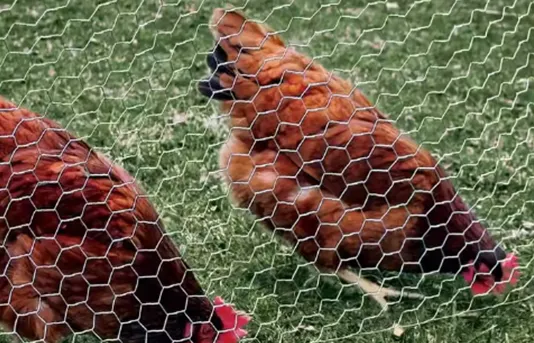-
 Phone:
Phone: -
 Email:
Email:

cardboard bale wire
Understanding Cardboard Bale Wire Importance, Uses, and Benefits
Cardboard bale wire is an essential component in the recycling and waste management industries, contributing to the efficient processing and handling of cardboard and paper products. As the world increasingly turns to sustainable practices and eco-friendly materials, understanding the role of this wire helps us appreciate its significance in waste management and recycling operations.
At its core, cardboard bale wire is a robust wire designed specifically to bind bales of cardboard, facilitating effective transportation and storage. These bales are created during the recycling process when large quantities of cardboard are compressed into easy-to-handle bundles. The use of bale wire ensures that these bales remain intact and do not fall apart, preserving the quality of the recyclable material and making it easier to stack and ship.
Material and Specifications
Typically made from high-tensile steel, cardboard bale wire comes in various gauges to accommodate different types of bales and volumes. The strength and durability of this wire are paramount, as it must withstand the rigors of transportation and handling without breaking. Some bailing wires are coated to prevent corrosion, further extending their lifespan and ensuring they maintain their integrity in different environments.
The dimensions and specifications of cardboard bale wire can vary based on the requirements of the recycling plant or the nature of the cardboard being processed. For instance, lighter grades may be used for smaller bales, while heavier-duty wires are reserved for larger, denser bales. This versatility makes cardboard bale wire suitable for a wide range of applications in waste management.
Usage in Recycling Operations
cardboard bale wire

In recycling facilities, the process of baling cardboard typically involves several steps. First, cardboard waste is collected and sorted to remove contaminants. Once sorted, the material is fed into a baler, a machine that compresses the cardboard into compact bundles. It is at this stage that cardboard bale wire comes into play. The baler incorporates mechanisms to wrap the wire around the compacted cardboard, securing it in place.
This bundling process significantly reduces the volume of cardboard, making it more economical to transport to recycling centers. The bales can be stacked high, optimizing storage space and facilitating easier handling. Once the bales reach their destination, they can be processed further, eventually being transformed into new cardboard products.
Environmental Impact and Benefits
The use of cardboard bale wire plays a crucial role in promoting recycling and sustainable practices. By ensuring that cardboard is efficiently transported and handled, it contributes to the overall effectiveness of recycling programs. A higher recycling rate of cardboard reduces landfill waste, conserves natural resources, and lowers greenhouse gas emissions associated with the decomposition of cardboard in landfills.
Moreover, the increased demand for recycled cardboard contributes to the growth of a circular economy, where materials are reused and recycled, creating a sustainable lifecycle. Businesses that prioritize recycling not only enhance their environmental credentials but also potentially reduce disposal costs.
Conclusion
In summary, cardboard bale wire may seem like a small component in the grand scheme of recycling and waste management, but its importance cannot be overstated. By efficiently binding cardboard bales and facilitating their transport, it supports recycling efforts that yield significant environmental benefits. As the world continues to embrace sustainability, understanding and optimizing the use of materials like cardboard bale wire becomes increasingly vital in our collective journey towards a greener future. Whether in a recycling facility or a waste management operation, this simple yet effective tool is foundational to the ongoing effort of reducing waste and promoting recycling.
-
Wire Mesh for Every Need: A Practical SolutionNewsJul.25,2025
-
Steel Fences: Durable, Secure, and Stylish OptionsNewsJul.25,2025
-
Roll Top Fencing: A Smart Solution for Safety and SecurityNewsJul.25,2025
-
Cattle Farm Fencing Solutions for Maximum SecurityNewsJul.25,2025
-
Affordable Iron Binding Wire SolutionsNewsJul.25,2025
-
Affordable Galvanized Wire SolutionsNewsJul.25,2025
-
Wire Hanger Recycling IdeasNewsJul.25,2025








